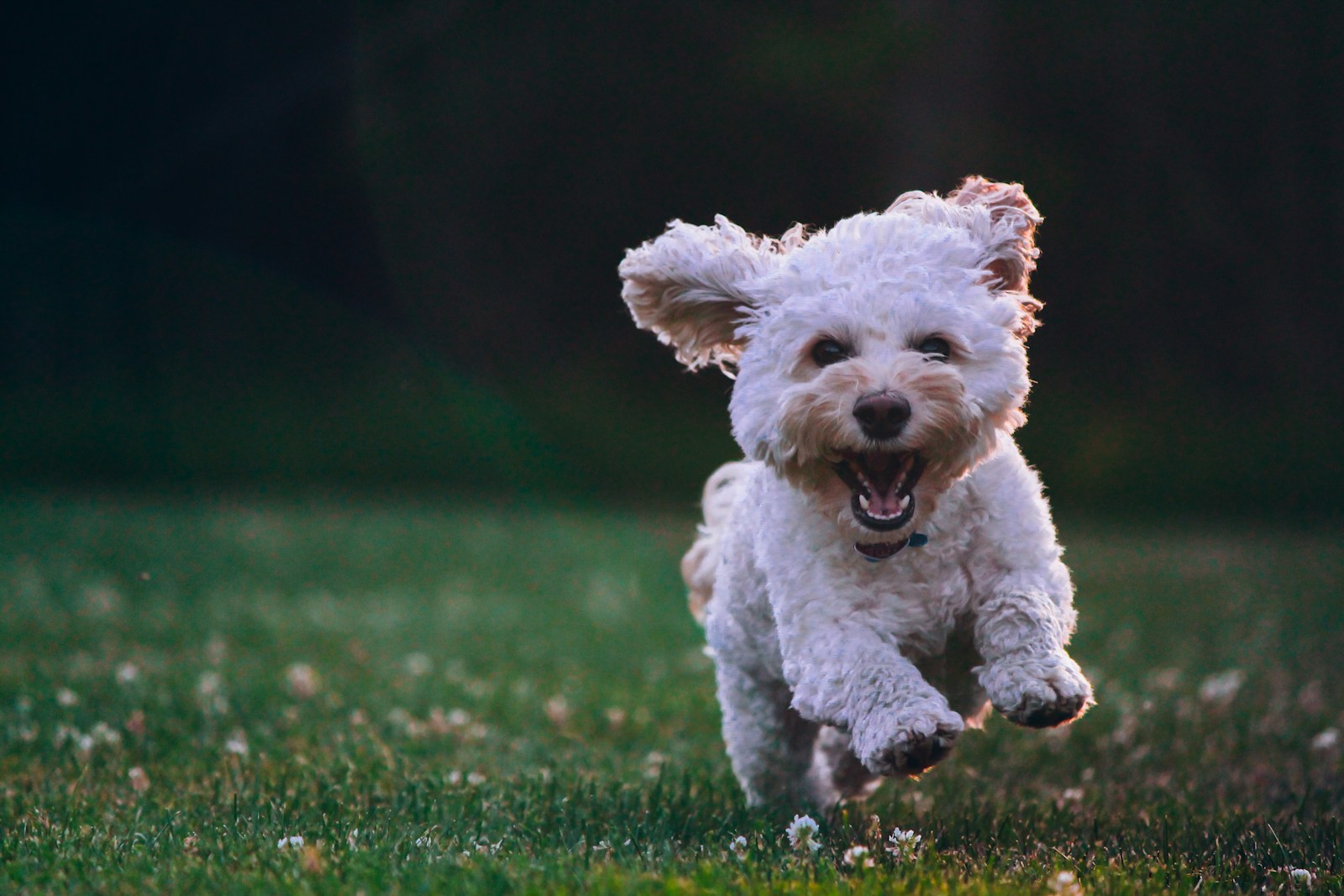As a dog owner, one of the most pressing questions you may have is, “How much exercise does my dog need?” Understanding your dog’s exercise requirements is crucial for their physical health, mental well-being, and overall happiness. This article will delve into the factors that influence your dog’s exercise needs, provide guidelines based on breed and age, and offer practical tips to ensure your furry friend stays active and healthy.
Why This Topic Is Worth Reading

Exercise is not just a luxury for dogs; it is a necessity. Regular physical activity helps prevent obesity, reduces behavioral issues, and promotes a longer, healthier life. By understanding how much exercise your dog needs, you can tailor their routine to fit their specific requirements, leading to a happier and more balanced pet.
Moreover, different breeds have varying energy levels and exercise needs. For instance, a Border Collie will require significantly more activity than a Bulldog. This article will help you identify your dog’s unique needs based on their breed, age, and health status, ensuring you provide the right amount of exercise.
Finally, knowing how to effectively exercise your dog can strengthen the bond between you and your pet. Engaging in activities together not only keeps your dog fit but also enhances your relationship, making for a more enjoyable companionship.
Key Highlights or Must-Know Points
- Exercise needs vary by breed, age, and health status.
- Regular physical activity helps prevent obesity and behavioral issues.
- Engaging in exercise strengthens the bond between you and your dog.
- Different types of exercise can cater to your dog’s preferences and abilities.
Understanding Your Dog’s Exercise Needs
- Consider the Breed: Different breeds have different energy levels. For example, working breeds like German Shepherds and Labrador Retrievers typically require more exercise than toy breeds like Chihuahuas or Pomeranians. A general guideline is that high-energy breeds need at least 60-90 minutes of exercise daily, while low-energy breeds may only need 30 minutes.
- Age Matters: Puppies have boundless energy and require frequent playtime and short bursts of exercise throughout the day. Adult dogs generally need more structured exercise, while senior dogs may require less intense activities, focusing on gentle walks and light play.
- Health Considerations: Always consider your dog’s health status. Dogs with certain medical conditions may need modified exercise routines. Consult your veterinarian to determine the best exercise plan for your dog’s specific health needs.
- Mix It Up: Dogs can get bored with the same routine. Incorporate a variety of activities such as walking, running, playing fetch, or swimming. This not only keeps them physically fit but also mentally stimulated.
Extra Tips, Notes, or Warnings
- Watch for Signs of Fatigue: Always pay attention to your dog’s behavior during exercise. Signs of fatigue include excessive panting, lagging behind, or reluctance to continue. If you notice these signs, it’s time to take a break.
- Hydration is Key: Ensure your dog has access to fresh water before, during, and after exercise, especially on hot days. Dehydration can lead to serious health issues.
- Socialization Opportunities: Group activities or dog parks can provide both exercise and socialization for your dog. However, always supervise your dog to ensure they are safe and comfortable.
- Consult a Professional: If you are unsure about how much exercise your dog needs or how to implement an effective routine, consider consulting a professional dog trainer or veterinarian.
Common Questions Answered
How much exercise does a puppy need? Puppies typically require short bursts of exercise throughout the day, totaling about 5 minutes of exercise per month of age. For example, a 4-month-old puppy may need around 20 minutes of exercise daily.
What are the signs my dog is getting enough exercise? A well-exercised dog will generally be calm at home, sleep well, and exhibit fewer behavioral issues. If your dog is restless or destructive, they may need more physical activity.
Can I over-exercise my dog? Yes, over-exercising can lead to injuries, especially in young or older dogs. Always monitor your dog’s energy levels and adjust their routine as needed.
What types of exercise are best for my dog? The best types of exercise depend on your dog’s preferences and physical abilities. Options include walking, running, swimming, playing fetch, or engaging in agility training.
Final Thoughts
Understanding how much exercise your dog needs is essential for their health and happiness. By considering factors such as breed, age, and health status, you can create a tailored exercise routine that keeps your dog fit and engaged. Remember, a well-exercised dog is a happy dog, and the time you invest in their physical activity will pay off in the form of a stronger bond and a healthier life.
Get Involved
We invite you to share your experiences with your dog’s exercise routine! What activities do you enjoy together? Have you noticed any changes in your dog’s behavior with increased exercise? Leave your comments below, and feel free to ask any questions you may have about your dog’s exercise needs!
Leave a Reply